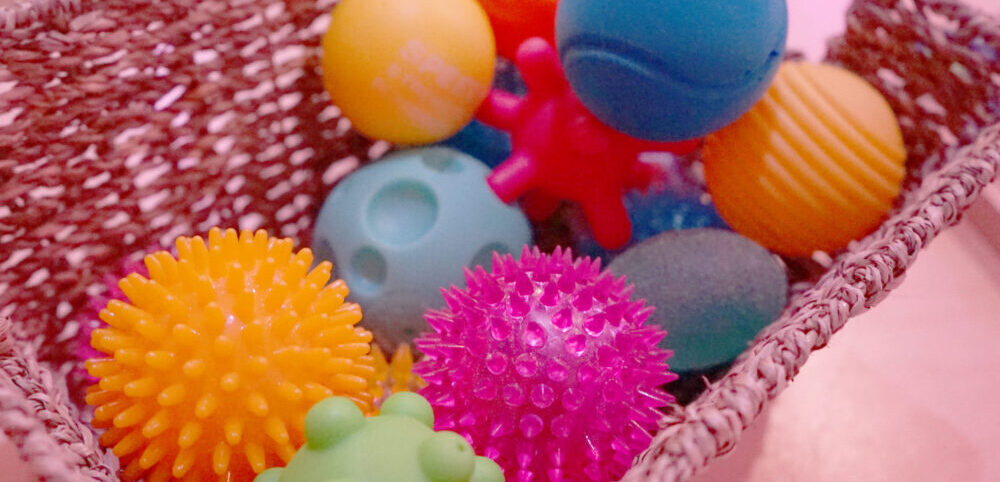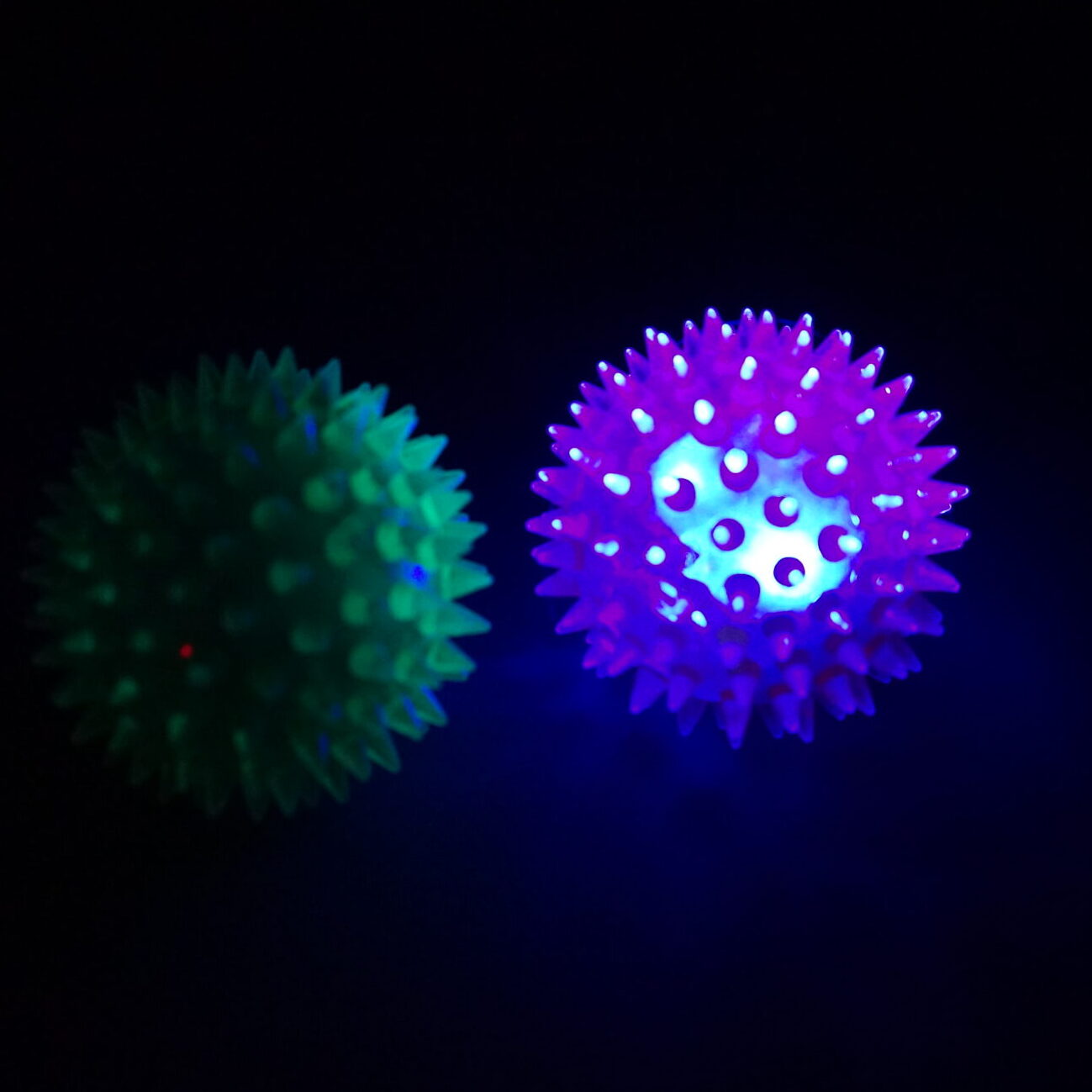World of play – light

When you think ‘vision impairment’ you may not instantly think of light-up toys for your child but don’t discount them! Find out why they are important for partially sighted children and how the items in our Sensory Discovery Pack can be enjoyed even if your child has no useful sight.
When you think ‘vision impairment’ you may not instantly think of light-up toys for your child but don’t discount them! Find out why they are important for partially sighted children and how the items in our Sensory Discovery Pack can be enjoyed even if your child has no useful sight.
In your Sensory Discovery Pack!
You’ll find two items in your Early Years Sensory Discovery Pack relating to light and vision – the baby pack contains a light-up spiky ball and a Baby Einstein light-up toy. The toddler pack contains a light-up spiky ball and a fibre optic lamp. These objects have an added tactile element so can be enjoyed whatever your child’s level of vision. Follow the links for more information on the items and how you can introduce them to sensory playtime with your child.
Why use light-up toys with children with a vision impairment?
If your child has no usable vision or light perception, they will be unable to take any benefit from using toys that have lights as a feature, for that reason we have included light-up items in our packs that also have a tactile element for them to explore. In the majority of cases, vision impairments factor in some acuity of sight and/or light perception. Lights on toys can increase how visible they are to your child, therefore encouraging them to make use of what sight they have.
Similarly, choosing toys with bright colours or high contrast, improve your child’s chance of being able to see the item and enjoy an activity. Starting light-based play at a young age is important as it can help your child to use whatever degree of sight they have. This can, in turn, be useful in later life and will benefit their development and teach some valuable adaptation skills.
When a VI child is very young, being able to determine their exact level of sight can be quite tricky as they are unable to verbally communicate what they can or can’t see. Ophthalmologist’s and QTVI’s can conduct some vision tests but the results are not completely accurate as it is dependent on the cooperation of the child during the tests. What they can and can’t see can be quite complex, there are so many different types of visual impairment and the effects differ from child to child. As a parent, be prepared to be asked the question about your child’s level of vision frequently! It may feel that it is important to know the exact answer, but having a definitive one isn’t always possible. Have a think about the best way to answer that question and use it as your ‘go-to’ response whenever you are feeling uneasy about how to respond.
Getting started!
Get started straight away and try allowing your baby to track flashing lights, it is a great idea to get any sight stimulation started early. Light-up toys with movement have been proven to have a great impact on mobility. If a child really loves a certain light-up toy, placing it just out of reach is a great way to motivate independent movement. Visit a sensory room for ideas about creating your own dark environment at home to enhance your child’s experience. Follow the links to find out more and start exploring light with your child.
Top tips for light play with your VI child:
- Keep things simple – don’t overload your play area with too many items, introduce new lights and sensations gradually
- Use a dark area – creating a dark, calm play area can help lights stand out and help them focus on the activity
- Take visual breaks – using useful vision can be tiring so break up sensory play with non-visual activities such as calming music, stories or singing together

Dark den play
Dark dens are a great place to explore light up toys with your child, they block out all the natural light which in turn increases the brightness and calms the surroundings. You can buy dark dens online or make your own, find out how to get set up and make the most of your dark den at home.

Visit a sensory room
Sensory rooms are a great place to visit with children who are vision impaired. Much planning and consideration goes into the layout of such spaces, which maximises a child’s chance of not only being able to view the lights, but they are displayed in stimulating ways, such as bubble tubes and fibre optic.

Perfect toys for light up play
Our Early Years Sensory Discovery Pack is a great place to start, if you don’t have one already, you can apply for one by clicking here.
If you don’t have a pack or would like to add to it, our toy directory has lots of ideas and suggestions for toys you can purchase, or items you can just find around the house.
Find out more about the RNIB Toy Guide, toy lending libraries and finding a sensory room near you.










